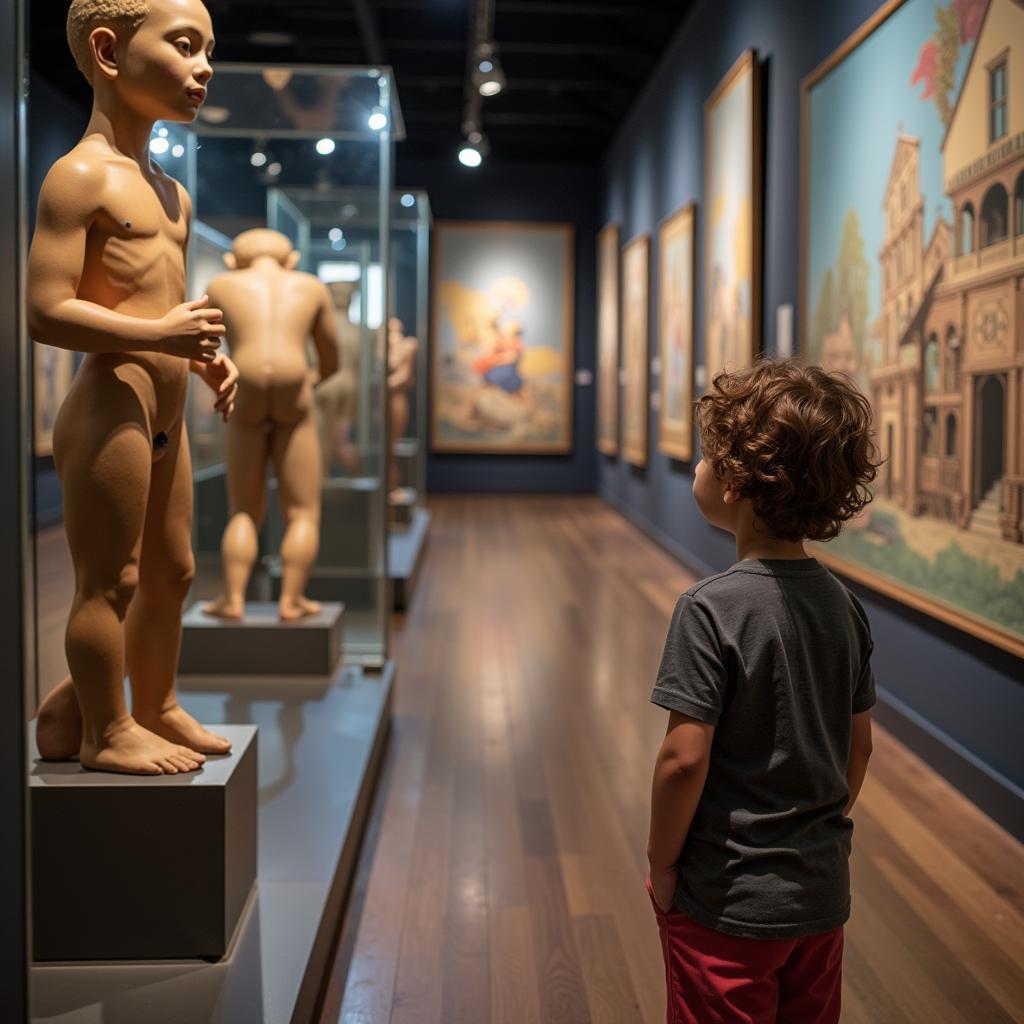Creating a vibrant and enriching home education experience starts with well-crafted lesson plans. These blueprints guide your teaching journey, ensuring your child receives a comprehensive and engaging education tailored to their unique needs and interests.
Whether you’re a seasoned homeschooling family or just starting out, designing effective lesson plans doesn’t have to be daunting. This guide provides a roadmap to crafting captivating learning adventures that foster a love of learning and academic success.
Designing a Homeschool Curriculum that Inspires
Before diving into individual lesson plans, it’s essential to establish a solid foundation with a well-defined curriculum. This roadmap outlines the learning objectives, subjects, and resources you’ll use throughout the year.
- Identify Learning Styles: Understanding your child’s learning style – whether visual, auditory, kinesthetic, or a combination – is key to tailoring lessons that resonate with them.
- Set Realistic Goals: Define clear, achievable learning objectives for each subject and grade level. Break down larger goals into smaller, manageable steps.
- Choose Curriculum Resources: Select textbooks, workbooks, online programs, or a blend of resources that align with your teaching philosophy and your child’s learning style.
The Building Blocks of Effective Home Education Lesson Plans
A well-structured lesson plan serves as a roadmap for both you and your child, ensuring a focused and productive learning experience.
1. Define Clear Objectives
Begin each lesson plan by clearly stating what you want your child to learn. Frame these objectives using measurable verbs like “identify,” “explain,” “compare,” or “create.” For example:
- Objective: Students will be able to identify the different parts of a plant and their functions.
2. Gather Engaging Resources
Assemble a variety of resources to bring your lesson to life. This could include:
- Textbooks and workbooks
- Educational videos and documentaries
- Hands-on activities and experiments
- Interactive online games and simulations
- Field trips to museums, art galleries, or historical sites
 Child Exploring Museum Exhibit
Child Exploring Museum Exhibit
3. Structure Your Lesson
A logical flow helps students grasp new concepts more effectively. Consider this structure:
- Introduction: Begin with a captivating hook to pique interest, such as a real-life anecdote, a thought-provoking question, or a brief video clip.
- Instruction: Present new information in a clear and concise manner. Use visuals, demonstrations, and interactive activities to cater to different learning styles.
- Practice: Provide opportunities for your child to apply their knowledge through worksheets, quizzes, games, or projects.
- Review: Conclude with a recap of key concepts. Encourage questions and facilitate a discussion to reinforce understanding.
4. Incorporate Flexibility
Remember that every child learns at their own pace. Build flexibility into your lesson plans to allow for adjustments based on your child’s needs.
- Differentiation: Offer support materials or modified activities for students who need extra help, while providing more challenging tasks for those who are ready to delve deeper.
- Spontaneous Learning: Be open to detours! If your child expresses a keen interest in a related topic, don’t be afraid to explore it further, even if it means deviating slightly from the original plan.
Bringing Lessons to Life: Engaging Activities for Home Education
The heart of a captivating lesson plan lies in hands-on activities that transform learning into an adventure.
- Arts and Crafts: Spark creativity with projects like building a model of the solar system, creating a diorama depicting a historical event, or designing a board game based on a scientific concept.
- Culinary Adventures: Turn cooking into a learning experience. Bake a fraction pizza to teach math concepts or create a dish from a different culture while studying geography.
- Nature Exploration: Embark on nature walks, plant a garden, or create a nature journal to observe and document the wonders of the natural world.
 Family Engaged in a Science Experiment
Family Engaged in a Science Experiment
Igniting a Passion for Learning
Effective Home Education Lesson Plans are more than just schedules; they’re blueprints for creating unforgettable learning adventures. By understanding your child’s learning style, setting clear objectives, and incorporating engaging activities, you can foster a love of learning that extends far beyond the “classroom” walls.
Remember, homeschooling is a journey, not a race. Be patient, be flexible, and most importantly, enjoy the process of learning alongside your child.